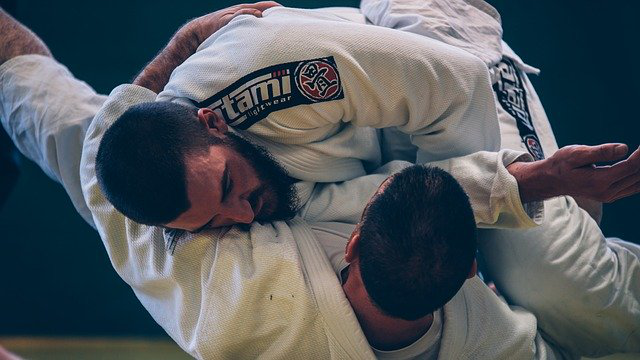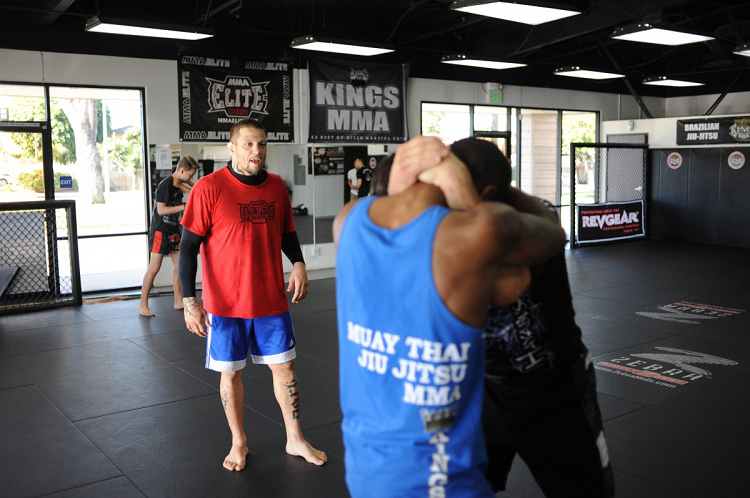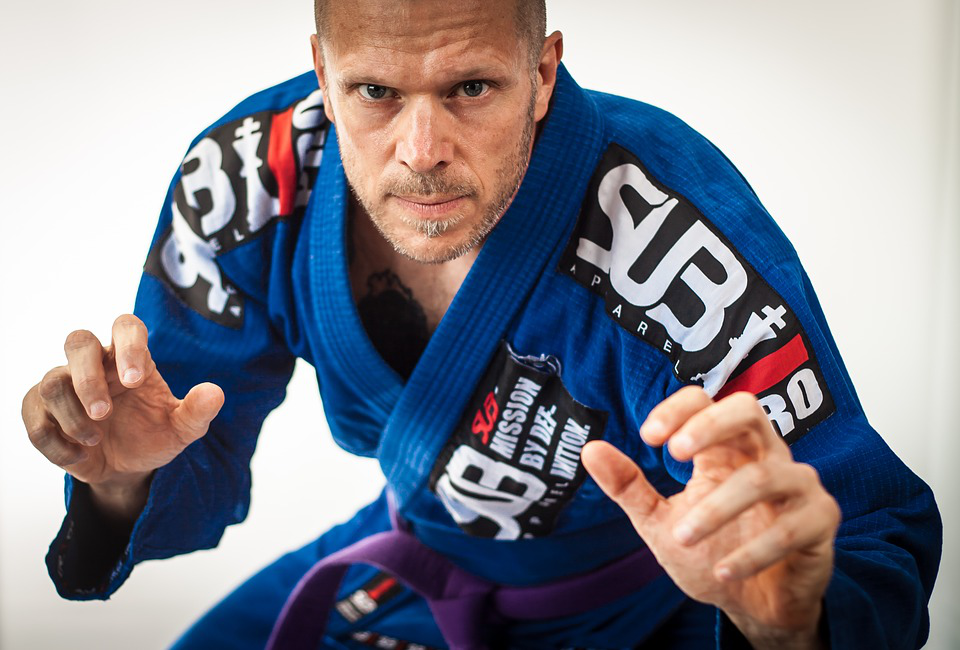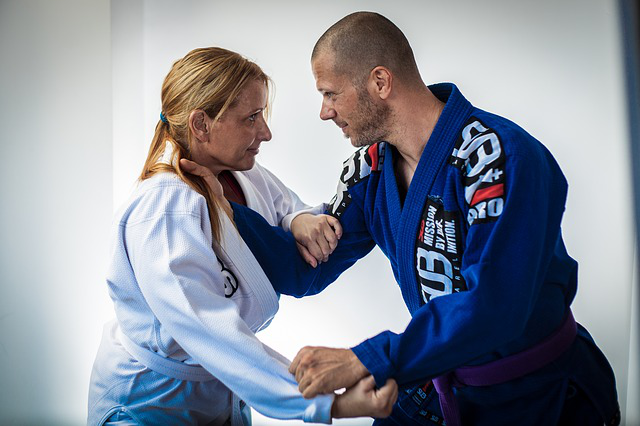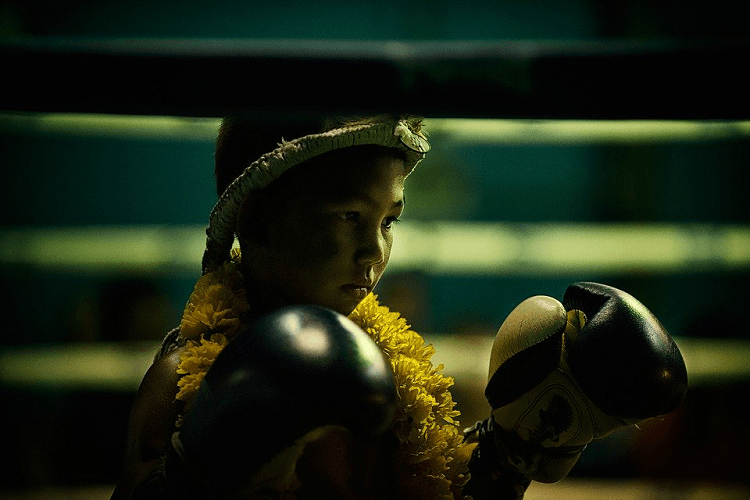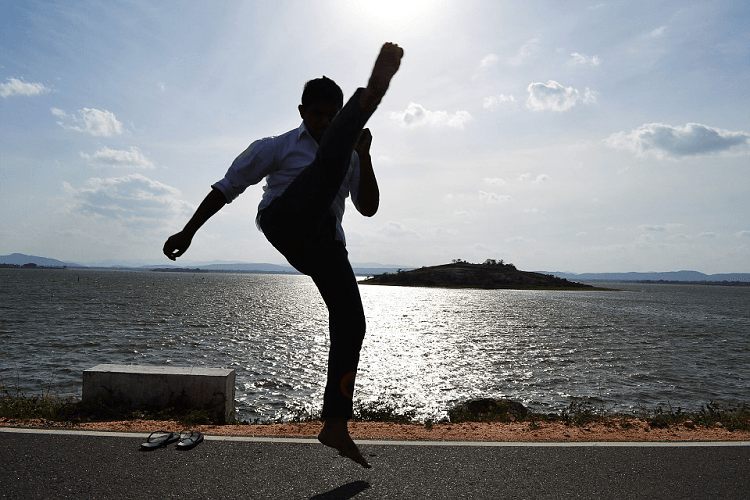Children’s Camps / Kids’ Camps / Day Camps: Elements to Examine
Children’s Camps / Kids’ Camps / Day Camps: Elements to Examine
Written by: Simon Sherbourne: School Teacher, M.Ed.
7th Dan (RHKKF), Director - SMAA
Every year SMAA strives to outdo its performance from the previous year through assessing and evaluating the previous years’ March Break and Summer Camps for children. This year’s camps are no acception. Every child deserves an awesome camp experience.
A children’s camp is an excellent way for your child to connect with other children in your community and grow with the professional support of skilled coaches and or educators.
A martial arts instructor has the privileged opportunity to demonstrate quality values to kids, and also introduce children to the wonderful world that martial arts affords. However, children’s camp / kids’ camp facilities, programs and staffing vary widely, so it is important for all parents to consider quality, and safety for their child. For peace of mind, and to discern what a quality camp is, it is important to research the history, staffing considerations, and other aspects of the camp you will choose for your child(ren).
Kids Camps / Children’s Camps Basic Elements
Although not all-inclusive, the following are some important factors to consider before signing your child up for a camp.
1) The Registration Form:
The Registration Form should request information specific to the Camper’s medical and educational needs/conditions (allergies, fears/phobias, special needs, such as an Epipen or other allergy medicines, etc.). Parent/Guardian and emergency contact information should also be included in case there is a need for urgent communications during the camp. This form should also specify meal/snack arrangements during the day, and drop-off and pick-up windows with a contact phone number for the camp during camp hours. There may also be other information listed specific to the camp you choose. This information should be kept in a centralized location that all staff can access during the period of the camp.
2) Safety First - Consider the physical environment and inherent risks for physical injury, harm or neglect:
Access and location can contribute to a better experience for all, and convenient locations save gas and travel time for daily delivery and pick up times. However, safety must always take precedence over convenience.
Survey and enquire about the environment. Are there spaces where your child could be unsupervised or out of line-of-sight of supervisors? If so, what are these areas (recessed doorways, rooms, bathrooms, hallways, outdoor spaces, etc.)? Inform your child about staying away from these sorts of spaces and tell him/her to always make sure they are physically within the line-of-sight of a supervisor and to talk to a supervisor at the first sign of aggression or inappropriate behaviour from another camper.
Also ensure that the facility has a quality video-surveillance system that captures the location from multiple angles, and covers each entry-way and exit. Security not only promotes safety for the children, but also re-assures the parents that the child is under quality care that promotes safety.
3) Supervision ratios during all activities:
Supervision with proper structure and routines is the key to everyone’s enjoyment of the camp. Structure and consistency also generates trust and a feeling of security. Teaching children to collaborate and work within teams should be a goal of any camp, and proper structure allows for greater creativity and ingenuity amongst campers as they attempt to collaborate and problem-solve during activities. Supervisors need to have a commanding presence with a caring and compassionate demeanor. For safety, learning and behaviour-management reasons there should also be a strong supervisor-to-child ratio. Anywhere from 10-5 campers per supervisor is preferable for low-medium risk activities.
4) Qualifications of the supervisors:
The camp should have staff with childcare and/or education related qualifications and experience - basic first aid and safety education is also preferable. This enhances the quality of attending-to, and caring for each camper’s specific physical, academic and social emotional abilities. Qualifications and experience contribute to the quality of instruction and program development. In addition to the many safety factors discussed above, one should also evaluate staff during each camp. Education and credentials are great, but staff should demonstrate compassion and patience when dealing with active children (as activity ramps up adrenalin, and reduces attention-span for most children, so patience is a virtue).
5) Academic, Social-Emotional, Fitness value of the activities:
Activities should not be purely educational, and should transition from accessing prior knowledge, to building a scaffold that enables campers to combine physical activities and games with valuable cognitive educational activities (e.g., the progression should be as follows: fun team building activities to build positive rapport and collaboration, problem-solving team challenges, followed by small group activities, leading to individual tasks and execution of abilities). It is always good to have a distinctly different, fun, and invigorating activity planned for each day that fits into the regular daily schedule. This creates anticipation and enthusiasm for the next day’s new challenge. Bonding among team members occurs as campers should be prompted to encourage one another during current and upcoming challenges. Daily rewards and recognition should be integrated into every activity (character traits awards, sportsmanship, problem-solver of the day, etc.).
6) Fees are within your budget:
Week-long day camps in the London Ontario region cost between $250 and $500 a week. Keep in mind there will be costs included in the overall fee such as: staffing, supplies and equipment, rent, utilities, and any other operating costs incurred or in part that contribute to the camp. Estimating these built-in costs for the camp will help you determine whether the overall fee per child is reasonable.
How Kids Camps have developed over the years at
Sherbourne Martial Arts Academy: SMAA
Brief History
Simon Sherbourne (M.Ed., Director at SMAA) has been a full time elementary school teacher since 1997 and has been teaching Children’s Martial Arts (Karate, Brazilian Jiujitsu, Kobudo) and Adult Martial Arts (Karate, Brazilian Jiujitsu, Kobudo) in London since 1992.
Simon organized and facilitated his first kids summer day camp in 2005. Since then the Kids March Break Camp and the Kids Summer Camps have been refined and improved through the returning and training of staff, improved activities, investment in equipment and a commitment to providing the best experience for children whose parents choose SMMA for their children’s camp. Every year there are new activities and challenges that keep the programs fresh and vital.
This year, SMAA also held its first, comprehensive 10 class children's ‘Back to School’ anti-bullying class (culmination of 20 years of experience and development), which was a resounding success, generating positive reviews from children and parents alike. This program was specifically designed by Simon and his instructors/staff to meet the needs of children in the London area between the ages of 6 and 14 years old. Simon continues to employ his many years of middle-school educational experience to create and expand quality programs for SMAA students, as well as visiting children who attend his annual kids camps.
How SMAA covers Kids Camp Basic Elements (listed above) and more…
1- The SMAA Camps Registration Form is simple, concise and complete. All the information is kept on file in a binder at the front desk for all staff to access if necessary. All staff are briefed on any specific medical and or non-medical concerns that require daily consideration.
2 - Safety and Security First. For safety, learning and behaviour management reasons a single large open space is preferrable. The inherent risks or possibilities for neglect at the SMAA gym facility are minimized by design. There are no blind spots other than two change rooms and a single occupancy washroom. The entire space is completely visible by all of the supervisors in the gym, and a comprehensive video-surveillance system covers the main floor and entryways from multiple angles. Campers are also given specific guidelines at the beginning and throughout camps to talk to a supervisor at the first sign of aggression or inappropriate behaviour from another camper, and to inform a supervisor if they need to use the bathroom (to getter ensure safety and appropriate behaviors). Campers are also instructed to stay out of the change rooms unless they have permission, so that they are visible to staff at all times during the camp.
3 - Supervision ratios during all activities:
At SMAA camps are capped at 15 campers with a minimum of 3 supervisors consisting of male and female staff who serve as role-models and confidentes for the children.
Campers enjoy fun, and friendship through well thought-out and professionally delivered, structure, routines, games and activities. This allows for greater creativity and ingenuity amongst campers as they attempt to collaborate and problem-solve during activities. Supervisors are trained to maintain order, respect and civility by having a commanding presence with a caring and compassionate demeanor.
4 - Qualifications of the supervisors:
All camp staff at SMAA have education-related qualifications and experience. Supervisors have years of martial arts training and direct teaching experience with children ages 6-12, and Simon is also a full-time elementary school educator. The collective training and experience of the staff enhances the quality of attending to, and caring for each camper’s specific physical, academic and social emotional abilities.
5 - Academic, Social-Emotional, Fitness value of the activities:
SMMA has develop new innovative activities and modified some old activities as well, to cultivate the various abilities of campers. Activities transition from physical activities and games to cognitive (problem solving team challenges) activities, and new activities are always introduced with each new kids camp. Campers are rewarded for encouraging one another during current and upcoming challenges, and daily rewards and recognition for positive behavior are integrated into every activity (Character traits awards, sportsmanship, problem-solver of the day, etc.). Experience, education and dedication to every camper’s development are what SMAA offers.
6 - Fees are within your budget:
SMAA Camp fees range between $170 and $290 a week. This is definitely at the low end of the fee scale when compared with other camps in the region that charge between $250 and $500+ a week. SMAA maintains ample supplies and safe, well-kept equipment. Considering all the operating costs incurred that contribute to the camp, SMAA attempts to keep fees low so that families can send their kids to our camps without breaking the bank. The cost of our camp is actually less expensive than most full day daycare programs.
Conclusion:
Sending your child to a day camp can be a potentially worrisome task - basically it comes down to trusting someone else (or a group of people) to supervise and cultivate the abilities of your child in a safe, fun and respectful environment. Such trust can always be difficult for parents, but we are always happy to provide a tour of the facility, and have a discussion regarding teaching content, safety, and your child’s upcoming experience, to ensure that you are comfortable. Any camp that you research should make a similar offer to ensure trust between the parent and the camp providers.
If you manage to find a camp that fulfills your expectations with regard to the Kids Camp Basic Elements and it feels right for you and your child, then go for it. Of course there will be strengths and weaknesses in any given area. You could use a rating scale for each of the six elements to compare the camps you are attempting to select from. Putting it on paper can assist you with remaining objective. We wish you all the best in your quest.
See SMAA Kids Camps at: http://smaa-budo-ways.com/classes/Kids-Camps-And-Birthdays-
